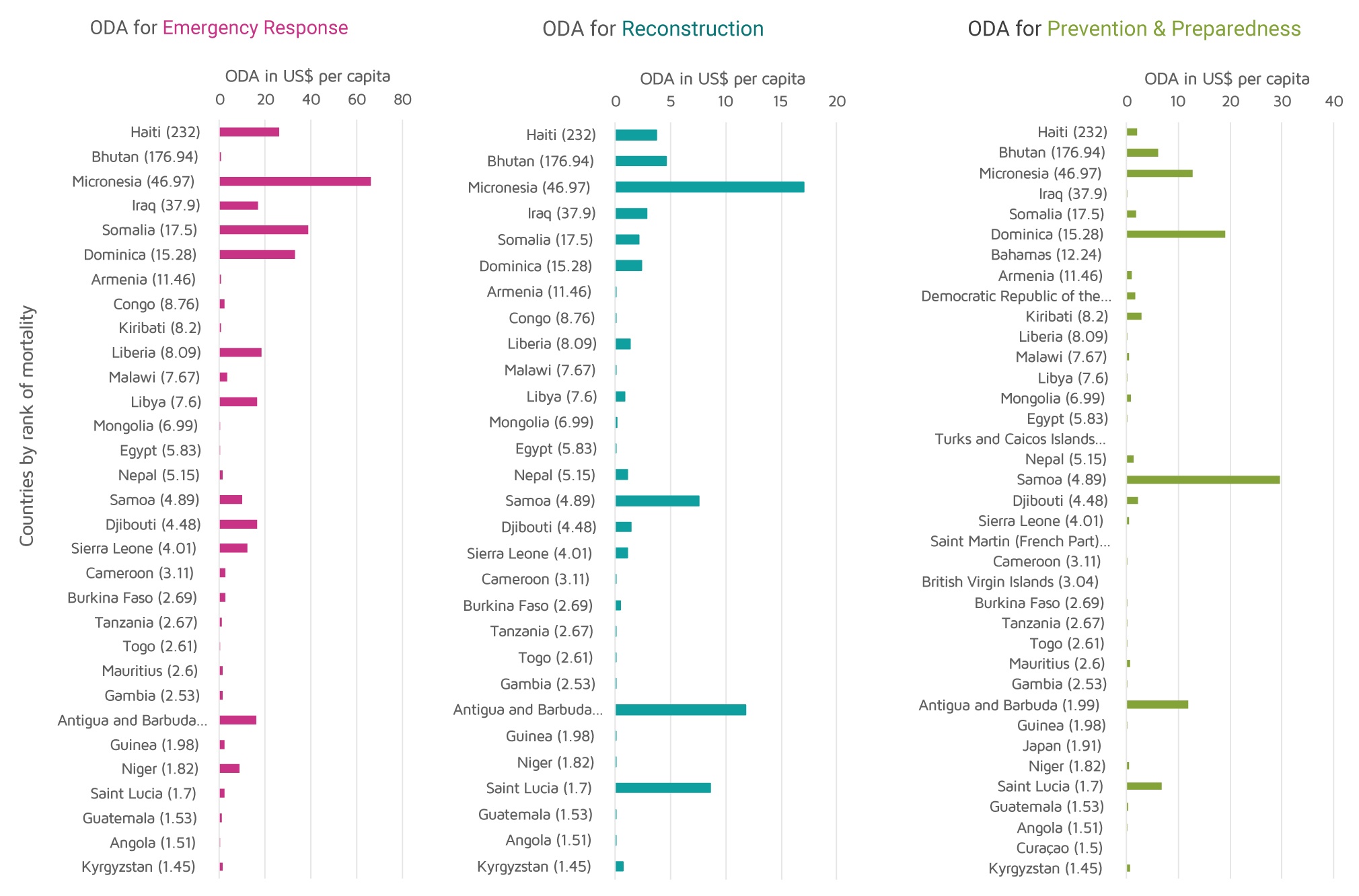Over the past three decades, disaster-related losses are estimated to have exceeded US$5 trillion, a recent report has pointed out. Nevertheless, the aid allocated for disaster-prevention projects continues to remain low and between 2010 and 2019, this accounted for just 11% of overall development aid. Of this, only 4.1% was allocated to prevent and prepare for disaster events. In these circumstances, the UN has urged for more investment in disaster prevention in order to cope with the surge in disaster events.
The report, “International Cooperation in Disaster Risk Reduction”, published by the UN Office for Disaster Risk Reduction (UNDRR) noted that between 2016 and 2020, 62 economies reported some US$293 billion in disaster-related economic losses. However, it highlighted that this number was an underestimate and that, based on analyses conducted by the insurance sector, in 2020 alone the global disaster-related losses from natural hazards reached US$210 billion, around 25% higher than in 2019. Overall, since 1980, disaster-related losses are estimated to have amounted to US$5.2 trillion with the worst-hit sector being agriculture. According to the UN Food and Agriculture Organization, developing countries incurred over US$108 billion in damaged or lost crop and livestock production.
Disaster-related aid
According to the report, out of the total US$1.17 trillion Official Development Assistance (ODA) provided between 2010 and 2019, only US$133 billion was allocated for disaster-related investments. Moreover, of the total disaster-related ODA, only US$5.5 billion was assigned for disaster prevention and preparedness.
Commenting on these statistics, UNDRR Director Ricardo Mena noted:
“This is an indication that we need to ramp up investment in disaster prevention if we are to cope with the exponential rise of disaster events in recent decades.” He noted that insufficient investment “undermines efforts by developing countries to adapt to climate change and implement national strategies for disaster risk reduction”.
Mena also specified that only 27 of 46 least developed countries had national disaster risk reduction strategies in place.
Fig.1.International financing for disaster risk reduction

Disaster funds poorly targeted
In addition to limited funding, the report also questions if disaster risk reduction finance is well-targeted. Analyses show that, while there is an explicit link between mortality rates and the finance allocated for emergency response and reconstruction, there is no explicit relationship between mortality rates and the finance assigned for disaster prevention and preparedness meaning that countries suffering from high mortality levels do not receive a larger proportion of ODA to avoid upcoming disasters. Furthermore, according to the report, countries have also recorded a low level of international cooperation on disaster risk reduction. The report highlights the importance of advancing such collaboration, noting:
“There is an urgent need to strengthen international cooperation to (i) make the best use of limited resources, and (ii) provide more technical assistance for self-reliance.”
Fig.2. Comparison of ODA against mortality, 2010-2019


